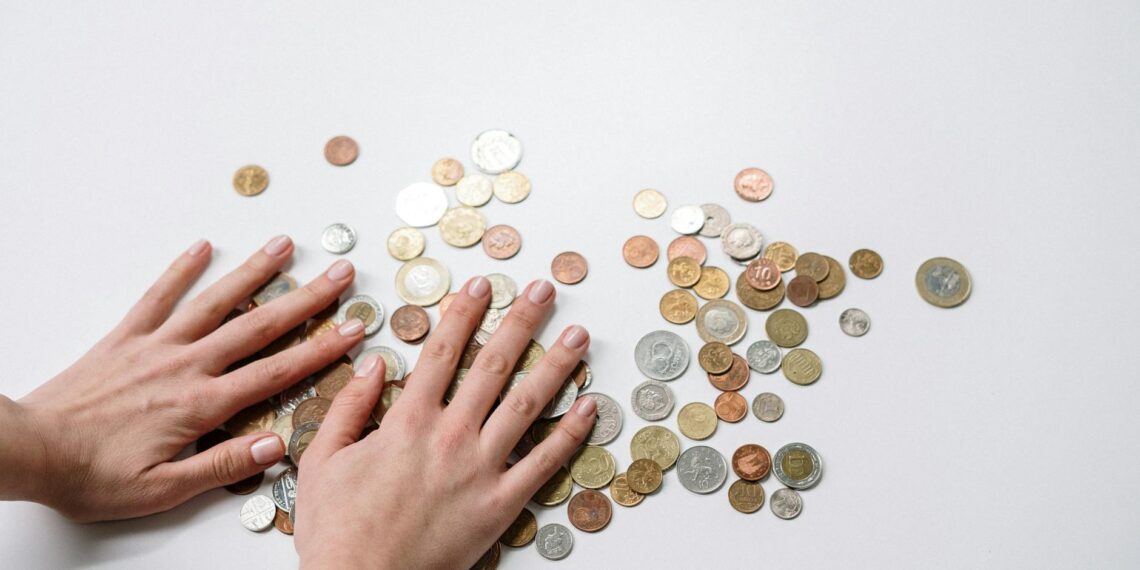When discussing Sacagawea dollar errors, there are several key types that collectors seek out due to their rarity and potential value:
- Sacagawea Dollar/Washington Quarter Mule: This is perhaps the most famous and valuable Sacagawea error. It features the obverse (heads) of a Washington quarter and the reverse (tails) of a Sacagawea dollar.
- The first known authentic Sacagawea dollar mule was discovered in May 2000, found in a roll of Sacagawea dollars.
- These error coins are extremely rare, with only a small number confirmed to exist.
- Some have sold for well over $100,000 at auction.
- 2000-P Sacagawea Dollar struck on a Susan B. Anthony Dollar Planchet: These coins have the Sacagawea design but retain the color and size of the earlier Susan B. Anthony dollar, which were struck on a different planchet (blank coin).
- One of these sold for $16,800 at auction in 2022.
- 2000-P Sacagawea Dollar struck on a Massachusetts Quarter: This error resulted in a Sacagawea dollar design struck on an already existing Massachusetts quarter, with the state quarter design visible underneath Sacagawea’s image.
- One example sold for over $8,000 in 2007.
- [2000-P “Wounded Eagle” Sacagawea Dollar]: This variety features raised die flaws resembling cuts or slashes on the eagle’s body on the reverse.
- These errors were caused by defects in the die used to strike the coin.
- High-grade examples can be worth significantly more than lower-grade examples.
- [2000-P “Speared Eagle” Sacagawea Dollar]: This refers to the initial production using a prototype reverse resulting in spike-like die aberrations on the eagle’s breast.
- Doubled Die Errors: These occur when the die strikes the coin twice, resulting in doubled images and lettering.
- Off-Center Strike Errors: These coins have the image off-center due to the planchet not being properly positioned during striking.
- [
2000 P Sacagawea Dollar Wounded Eagle Error $250.00]
- [
2000-p Sac $1 Ngc Ms 65 Speared Eagle Fs-901 Sacagawea Dollar Wounded $285.00]
- 2007 Sacagawea Dollar with Presidential Edge Lettering: Sacagawea dollars were not supposed to have edge lettering until 2009.
- Somehow, a few Sacagawea dollars received edge lettering intended for Presidential dollars, making them a very rare and valuable error.
- 2009 Native American Dollars with Missing Edge Lettering: Following the change to the Native American dollar series in 2009, some coins were produced without the intended edge lettering.
- This error is similar to the “Godless Dollars” error seen on Presidential dollars earlier.
- 2000-P Cheerios Dollars: While not strictly a mint error, these coins are considered a rarity due to their limited mintage and subtle design variations, particularly in the eagle’s tail feathers.
- They were distributed in Cheerios cereal boxes in 2000.
- Improperly Annealed Planchets: These result in a discolored finish, typically a copper-brown instead of the usual golden hue, caused by improper heating during production.
In summary
While most Sacagawea dollars are worth their face value, the presence of these or other mint errors can significantly increase their value to collectors. If you suspect you have a Sacagawea dollar with an error, it’s recommended to have it authenticated by a professional grading service for a proper evaluation of its rarity and value.









What is the error on Sacagawea dollar?
Common valuable errors in Sacagawea dollars include doubled dies, where design elements appear duplicated; off-center strikes, where the image isn’t perfectly centered; and missing edge lettering.
What makes a 2000 Sacagawea coin rare?
The famous 2000-D Sacagawea Dollar and South Carolina Quarter mule is a rare coin error that features two different designs on the obverse and reverse. The obverse of the coin features the portrait of Native American woman Sacagawea, while the reverse shows the design of the South Carolina state quarter.
What errors to look for on dollar coins?
Great question! Coins have been found with two major varieties: Overlapped Errors feature doubled edge lettering running in the same direction (fed into the press with the same side up). Inverted Errors feature doubled edge lettering running in opposite directions and upside down (fed into the press with the opposite side up).